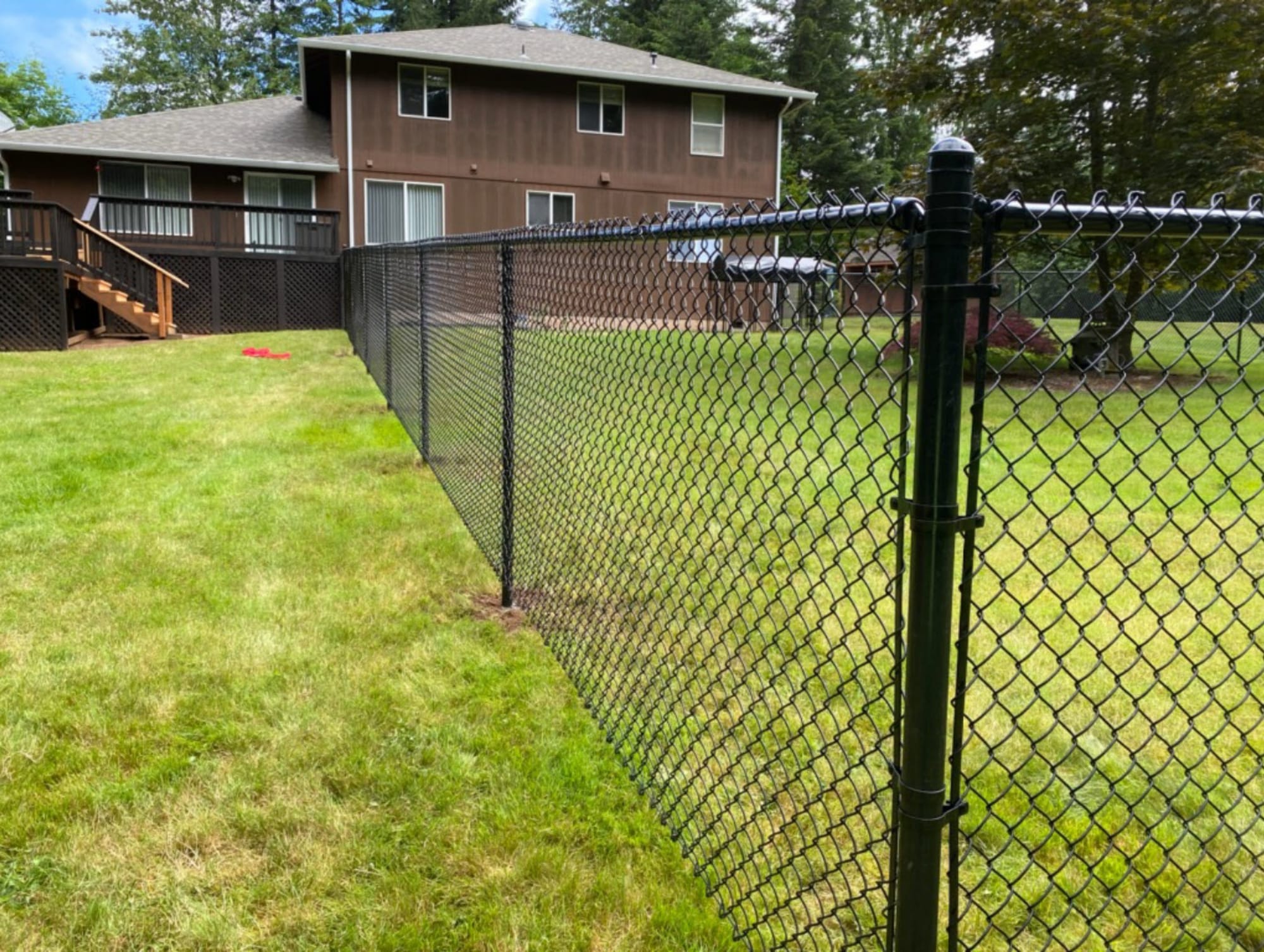All Categories
Featured

When taking into consideration mounting a fence on your residential or commercial property, among one of the most vital actions is to recognize whether you require a permit. Fencing setups typically require a license to make sure that the framework abides by local zoning regulations, developing codes, and safety and security standards. The particular permits needed can differ depending on your location, the sort of fence you intend to install, and the elevation or placement of the fencing. Right here's an overview to help you browse the procedure of acquiring a fence authorization and make certain that your installation is hassle-free and lawful.
Why You Required a License for a Fencing Installment. The permit procedure aids neighborhood authorities verify that your fencing does not interfere with web traffic exposure, respect your property lines, or break elevation restrictions. Mounting a fence without an authorization can result in penalties, removal of the fencing, or hold-ups in building and construction, so it's crucial to examine whether a license is needed prior to beginning your task.
Sorts Of Authorizations You Might Require. There are a couple of usual kinds of authorizations you may need for a fencing installation:
Structure License. A structure authorization is the most usual permit needed for fence installments. This permit makes sure that the fencing satisfies safety requirements and is built according to regional building ordinance. A building permit is usually needed if the fence exceeds a certain elevation (frequently 6 feet), is constructed from particular materials, or is located near a public walkway or roadway.
Zoning Authorization. A zoning authorization might be required to verify that your fencing conforms with regional zoning laws. Zoning guidelines can dictate where a fencing can be put on your property, exactly how high it can be, and whether it is admitted certain areas (such as along residential property lines or ahead backyards) Some municipalities have regulations restricting the elevation of fencings in the front backyard to make certain exposure for drivers and pedestrians.

Trouble Authorization. You may require an obstacle permit if you are constructing a fencing near your home line or close to a road. A trouble describes the range a structure, including fencings, must be from the property line. Problem regulations differ by place, and guaranteeing that your fencing is positioned appropriately can avoid conflicts with neighbors and prevent offenses.
Property Owner Organization (HOA) Approval. If you stay in an area regulated by a Home owner's Association (HOA), you might require approval from them in addition to regional authorizations. HOA rules frequently cover the sort of products, height, style, and shade of fencings. Even if your neighborhood federal government does not need an authorization, your HOA might still have particular guidelines that need to be complied with.
Just How to Look For a Fencing Authorization. To request a fence license, you'll require to contact your local building division or planning workplace. The application procedure generally involves filling out a form, paying a charge, and submitting a website strategy of your building that shows the proposed place of the fence. You may likewise need to consist of details about the materials, elevation, and layout of the fence.
Sometimes, a local official may require to evaluate your building before approving the permit. Once the permit is approved, you will certainly be licensed to proceed with your fencing installment.
When Is a Permit Not Needed? In certain circumstances, a license may not be needed. These situations can consist of:
Low Height Fences: In lots of areas, fencings that are listed below a certain elevation (usually 3 to 4 feet) may not require a license, especially if they are put in the backyard or other non-visible locations.
Fence Substitute: If you're replacing an existing fencing with the very same height and product, some locations may not call for a brand-new permit.
Non-Obtrusive Fencings: Decorative or momentary fences, such as those made use of for horticulture or landscape design functions, might not require licenses as long as they are not permanent and low.
Nonetheless, it's vital to check with your local zoning workplace or building department, as policies can vary by territory.
Effects of Not Getting a License. Stopping working to acquire the essential authorizations can lead to significant consequences. These consist of penalties, compelled removal of the fence, or perhaps delays in building and construction. In addition, if your fencing doesn't fulfill neighborhood laws, you can deal with lawful problems with next-door neighbors or neighborhood authorities.

Conclusion. By guaranteeing that you adhere to regional guidelines and acquire the required permits, you can ensure and stay clear of costly blunders that your fencing is lawfully certified. Inspect with your local structure department, HOA, and zoning workplace to establish what authorizations are needed for your specific fencing project.
Latest Posts
Find Brake Repair & More: Full Repair Options from Montclare Auto Repair
Published May 27, 25
1 min read
Reasons Routine Vehicle Maintenance at Montclare Auto Repair Reduces Costs
Published May 27, 25
1 min read
Discover Oil Changes & More: Full Auto Care Solutions from Montclare Auto Repair
Published May 26, 25
1 min read
More
Latest Posts
Find Brake Repair & More: Full Repair Options from Montclare Auto Repair
Published May 27, 25
1 min read
Reasons Routine Vehicle Maintenance at Montclare Auto Repair Reduces Costs
Published May 27, 25
1 min read
Discover Oil Changes & More: Full Auto Care Solutions from Montclare Auto Repair
Published May 26, 25
1 min read